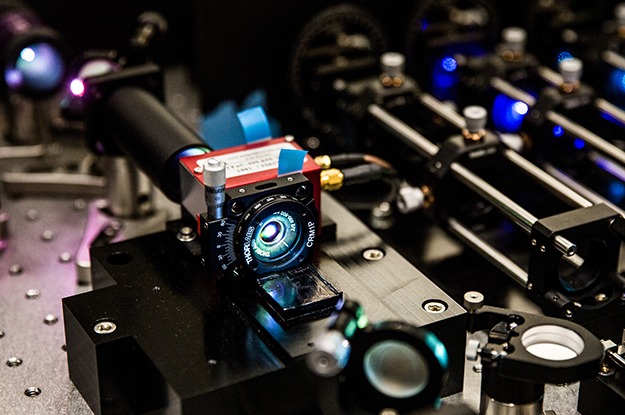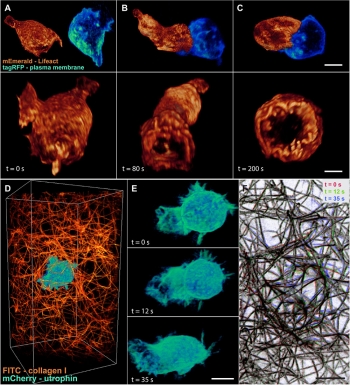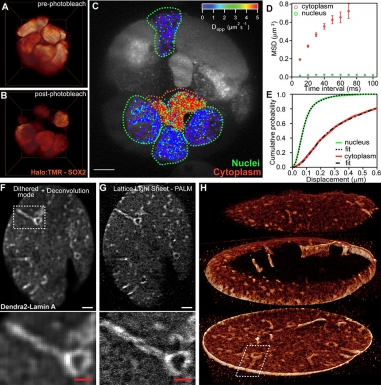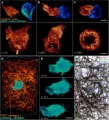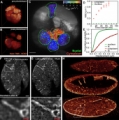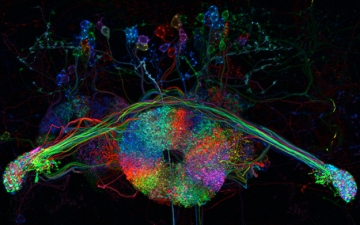Main Menu (Mobile)- Block
- Overview
-
Support Teams
- Overview
- Anatomy and Histology
- Cryo-Electron Microscopy
- Electron Microscopy
- Flow Cytometry
- Gene Targeting and Transgenics
- High Performance Computing
- Immortalized Cell Line Culture
- Integrative Imaging
- Invertebrate Shared Resource
- Janelia Experimental Technology
- Mass Spectrometry
- Media Prep
- Molecular Genomics
- Primary & iPS Cell Culture
- Project Pipeline Support
- Project Technical Resources
- Quantitative Genomics
- Scientific Computing
- Viral Tools
- Vivarium
- Open Science
- You + Janelia
- About Us
Main Menu - Block
- Overview
- Anatomy and Histology
- Cryo-Electron Microscopy
- Electron Microscopy
- Flow Cytometry
- Gene Targeting and Transgenics
- High Performance Computing
- Immortalized Cell Line Culture
- Integrative Imaging
- Invertebrate Shared Resource
- Janelia Experimental Technology
- Mass Spectrometry
- Media Prep
- Molecular Genomics
- Primary & iPS Cell Culture
- Project Pipeline Support
- Project Technical Resources
- Quantitative Genomics
- Scientific Computing
- Viral Tools
- Vivarium
The Janelia Archives
Artifact Name: Lattice Light Sheet Microscope Science
Science
One of the biggest challenges in imaging live cells is observing them without affecting their behavior. Lattice light-sheet microscopy addresses this challenge by using thin sheets of light to illuminate the cell, tissue, or organism one slice at a time, thus reducing the overall exposure to harsh laser light. As a result, the technique is gentle on live samples and has very low phototoxicity/photobleaching effects. Additionally, the use of a plane of illumination light rather than a single point enables faster data acquisition compared to standard confocal or two-photon microscopes. This technology enables researchers to capture previously unseen dynamic biological phenomena in three dimensions, in multiple colors, for multiple hours per experiment.
The lattice light-sheet microscope was developed at Janelia by physicist and Nobel Laureate Eric Betzig and his collaborators. Janelia’s philosophy of free dissemination of new technologies has opened up access to the instrument for many researchers around the world. Many outside scientists have benefited from the technique by visiting Janelia through the Advanced Imaging Center, where they used this technology to collect data for their experiments. Some visiting scientists have found the lattice light-sheet microscope so useful that they have subsequently used Betzig’s design plans to build one of their own at their home institutes.
A T cell (orange) approaching and attacking a foreign cell (blue), imaged with the lattice light sheet microscope.
Fluorescent dyes were used to track single molecules of the transcription factor Sox2 in mouse embryonic stem cells, imaged with the lattice light sheet microscope (A,B,C) and with the iPALM (F,G,H).
An array of excitation lasers is used on the lattice light sheet microscope for illuminating the specimen.
An acousto-optical tunable filter modulates the incoming laser intensity for illuminating the specimen.
The laser arrangement for illuminating the sample on the microscope.
Janelians Harald Hess (left) and Eric Betzig (right)

